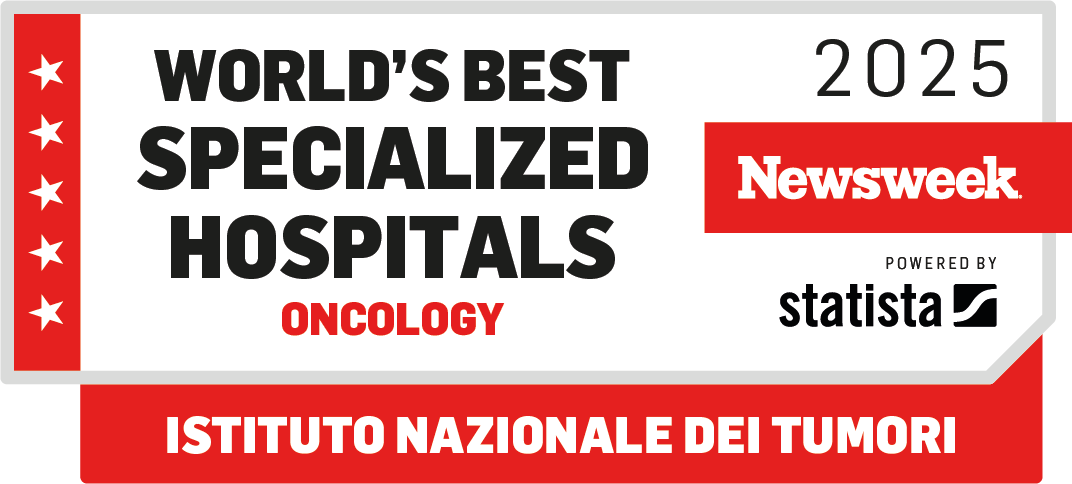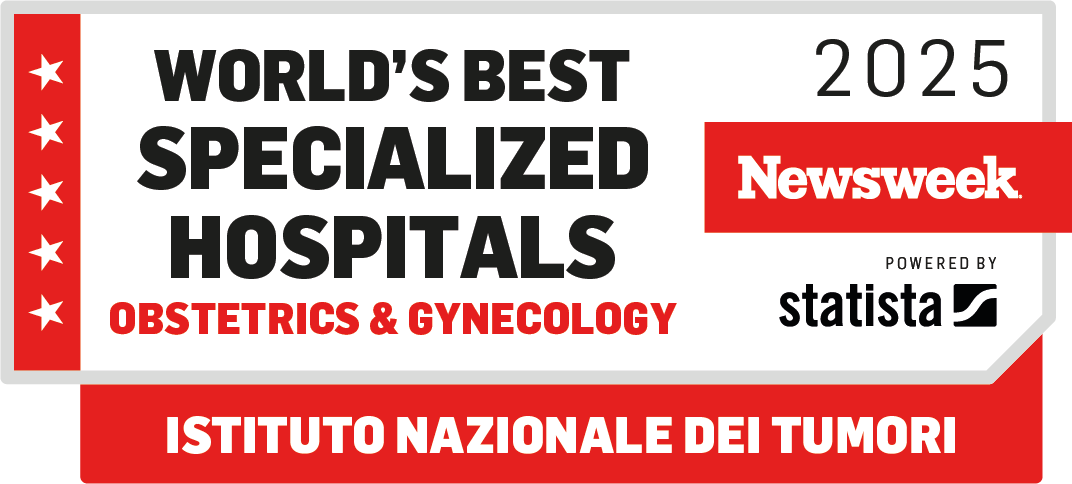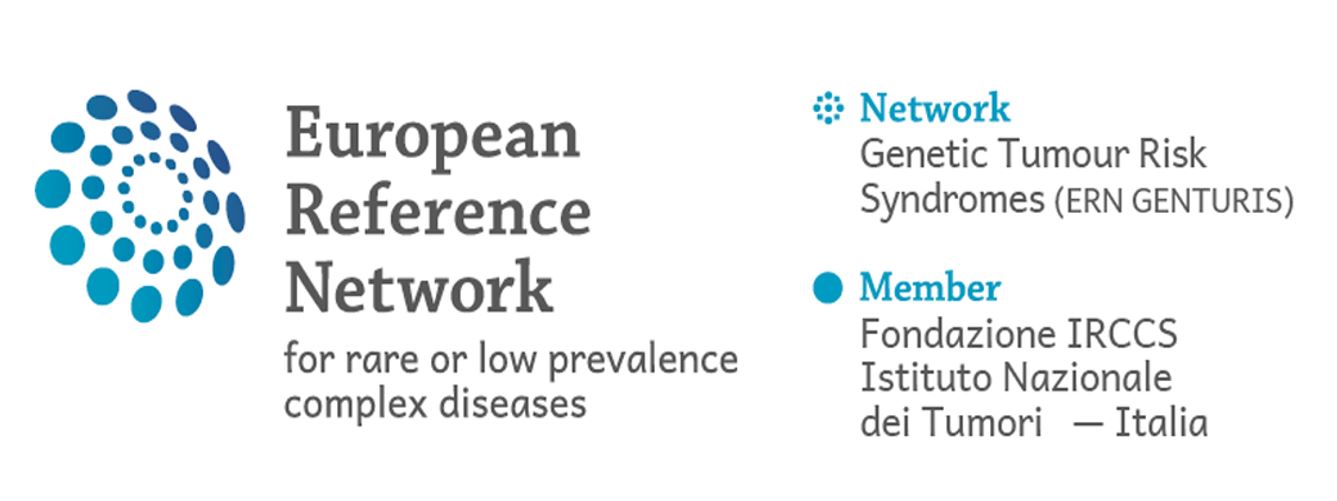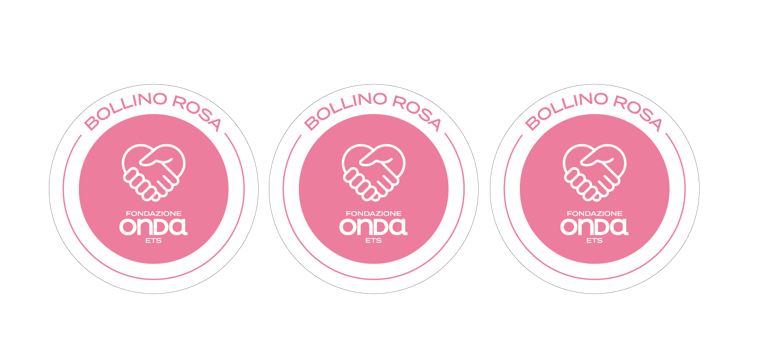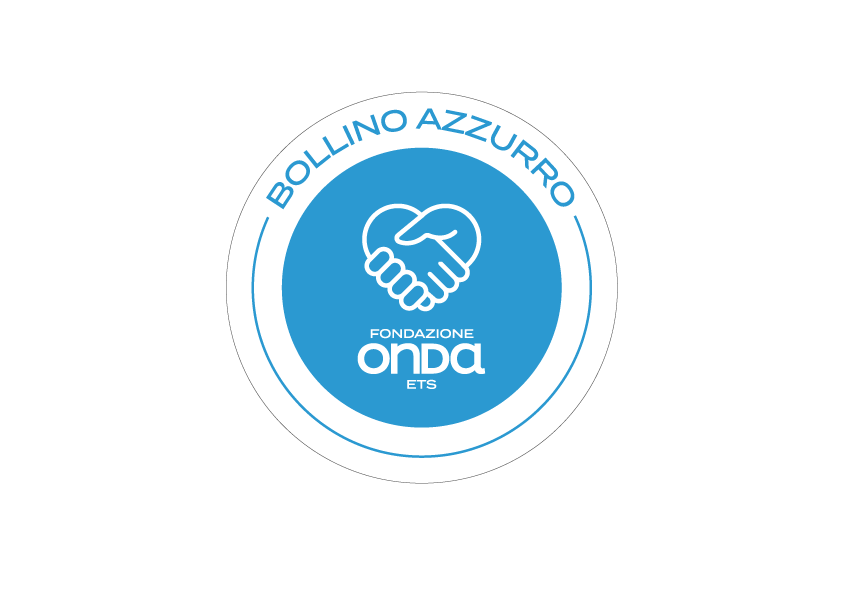Progetti s.s. Biostatistica per la Ricerca Clinica
Projects
Some of the national and international projects in which the Structure is currently involved are:
- PUSH project: The Structure is partner of the project, involving a global consortium of sarcoma experts, patient advocates, and organizations. The Project is aimed at maximizing knowledge from every patient interaction and support new treatments to improve outcomes and quality of life. A data platform will collect retrospective and prospective data worldwide, integrating patient-reported outcomes, academic datasets, real-world data, clinical trials, and translational research. A master platform protocol will govern structure, ethics, and data management, allowing disease-specific sub-studies. PUSH ensures regulatory-quality data and decentralized participation while maintaining local data control with centralized reporting for analysis.
- BD4QoL Project: the Project provides head and neck cancer survivors and their healthcare teams with a real-time, privacy-compliant monitoring system using AI-driven Big Data, mobile, and wearable devices to assess Quality of Life (QoL) and guide personalized interventions. Its behavior reconstruction and sentiment analysis detect early signs of new diseases, depression, or social discomfort, enabling timely support. A multicenter RCT is ongoing to test the system in 400+ patients, evaluating its impact on QoL and early disease detection. A pilot testing in Lombardy will integrate QoL data into electronic health records to support personalized care.
- CCE-DART (Building data Rich Clinical Trials, cce-dart.com), which involves the major Centers of Cancer Core Europe. The Structure has created a web app for the remote management of the informed consent process by applying a qualified electronic signature, and is involved in the implementation of participatory research (also referred to as "public and patient involvement (PPI)", with the creation of surveys, systematic reviews and preparation of training courses for clinicians.
- Observational studies within the TransAtlantic Australasian Retroperitoneal Sarcoma Working Group (TARPWG). Within the group, the Structure also collaborates on the REtroperitoneal SArchoma Registry project: an International Prospective Initiative (RESAR)” (https://clinicaltrials.gov/ct2/show/NCT03838718).
- Project "The DWH 2.0: maintenance, integration, harmonization and diffusion". The Structure is part of the Steering Committee which defines the governance rules of the DWH mainly for participation in new research projects. In addition, leveraging extensive experience in designing CRFs and clinical trial databases, the Structure provides support for the design and construction of CRFs using RedCap software.
Finally, the research activity also concerns:
- Promotion of the culture of quality and research integrity within the Foundation, leading the related Working Group within the Scientific Direction.
- Promotion and participation in research on gender medicine:
- G-DEFINER project (gdefiner.net, youtube.com/watch?v=OYYUj0zE7Ek)
- Gender Medicine Project (Italian Ministry of Health, Lombardy Region)
- Oncogender Project (Promoting Inclusion in Oncology). The project is developed in collaboration with the Italian Association of Medical Oncology (AIOM), and investigates health needs and barriers encountered by transgender, gender non-conforming and transsexual people in the use of health services, and relative degree of knowledge and experience of professionals health professionals working in the field of oncology. Several collaborative subprojects are currently underway.
- PANDORA Project. The aim of the project is to understand patients' opinions on integrating certain often-overlooked data into medical records, both in clinical research and patient care. These include gender identity, hormone or surgical treatments for gender transition, psychosocial data (such as psychological distress, anxiety, and depression), and lifestyle and quality of life information. The ultimate goal is to propose the routine inclusion of these variables in medical records, in line with the "Plan for the Application and Dissemination of Gender Medicine" (developed in 2019 under Article 3, Paragraph 1 of the Law of January 11, 2018). This plan highlights the importance of considering such data in both research and care to enhance diagnostic and therapeutic evaluations for patients. https://www.youtube.com/watch?v=ZGt7SMzAtcY














